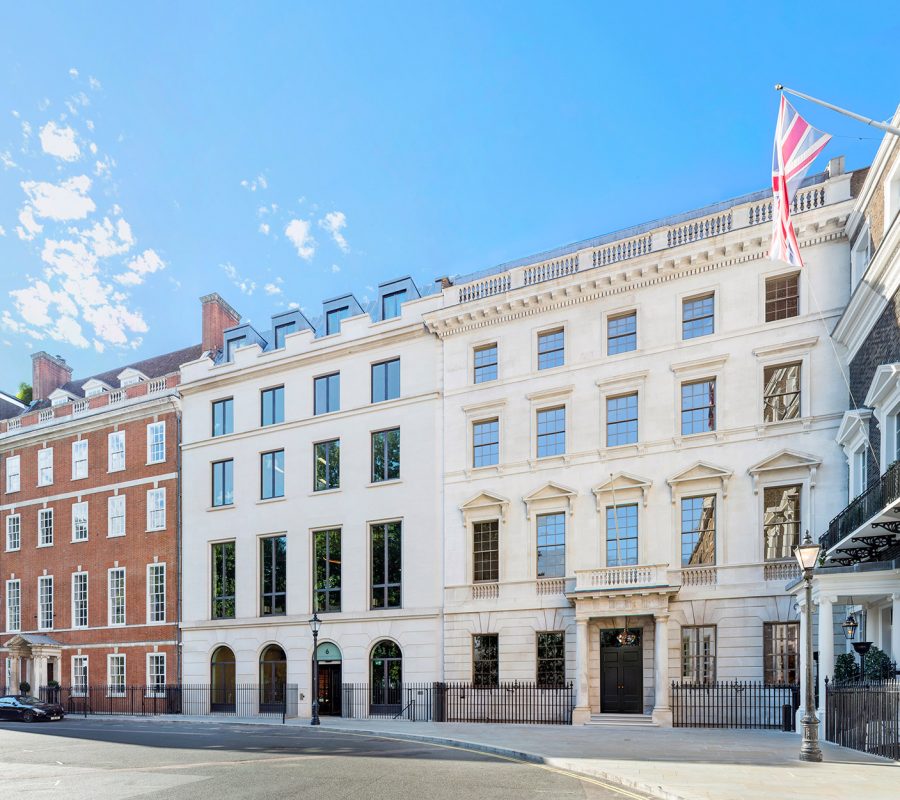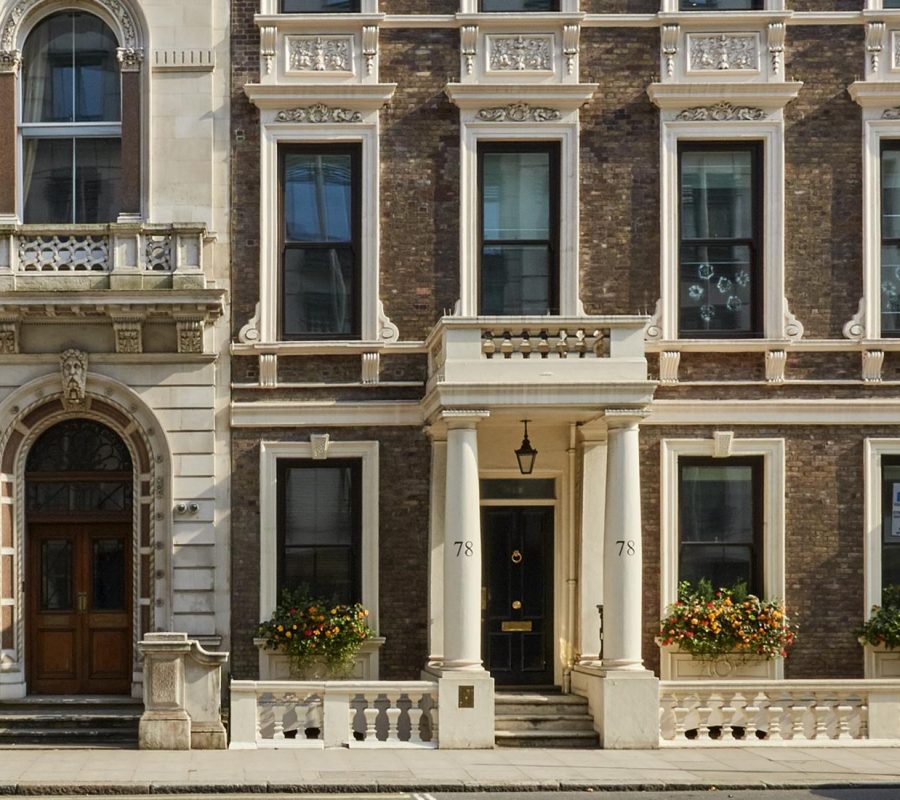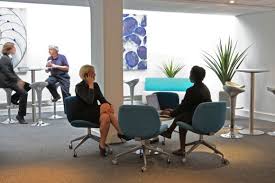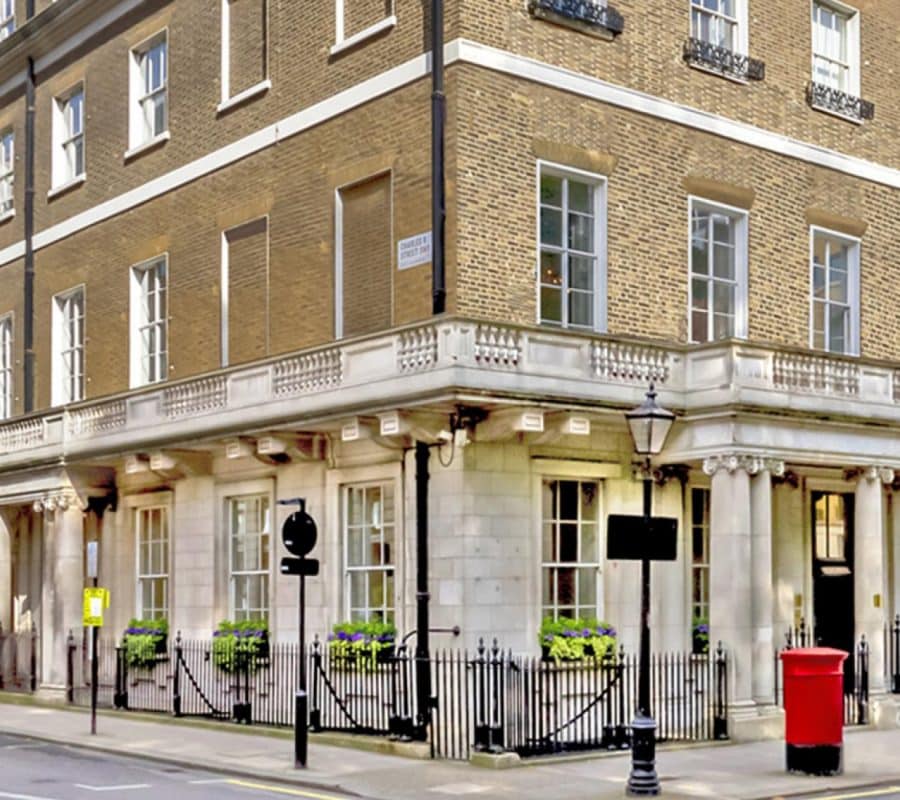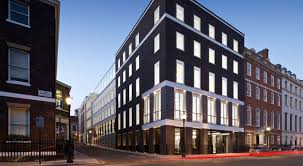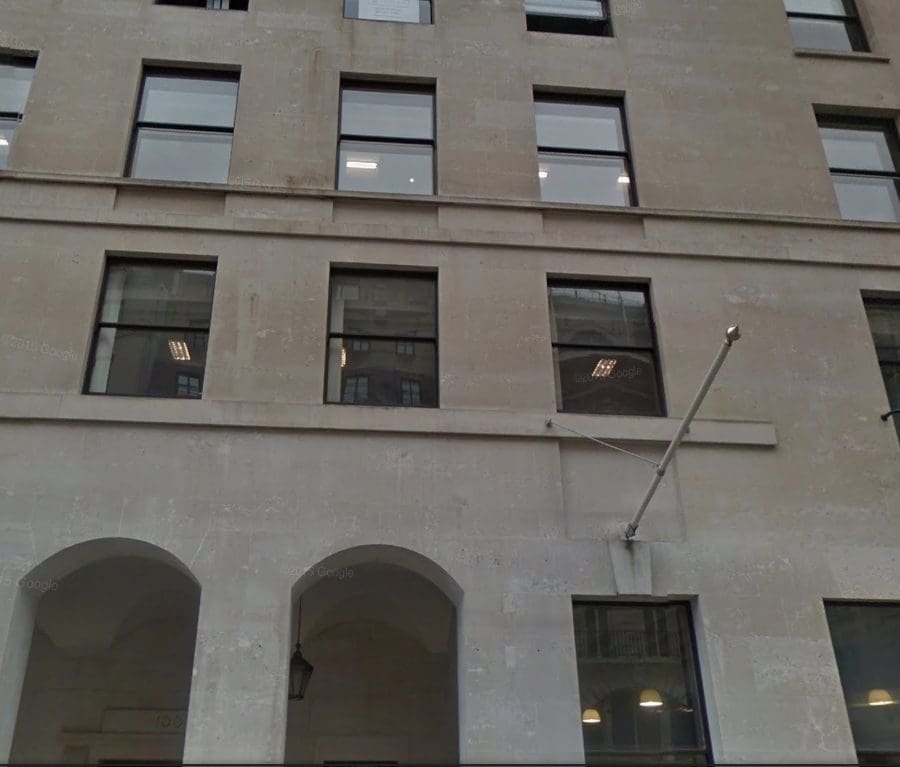Location:Piccadilly
Piccadilly Office Space
Piccadilly is a fascinating road in the West End of London with a rich history of retail, leisure, tailoring, and literature, among other things. With its central position, buildings exuding traditional London charm and internationally acclaimed institutions, it is no surprise that businesses wish to rent office space on it and nearby.
Running west out of the UK capital, it is just under 1 mile (1.6 km) in length and one of the widest and straightest streets in Central London. Located in the City of Westminster, it lies south of Mayfair, between Hyde Park Corner in the west and Piccadilly Circus in the east. St James’s is to the south of the eastern section of Piccadilly.
It had been a main thoroughfare since medieval times, when it was referred to as ‘the way from Colnbrook’. In 1663, it was named Portugal Street after the wife of Charles II, Catherine of Braganza.
Around 50 years earlier, in 1612, 22 acres of land around the street were purchased by a successful tailor named Robert Baker. He had made his fortune making piccadills (also spelt pickadills), broad collars made of cut-work lace thought to be named after the Welsh word for pointed, pica. These had been worn by professionals in courts of law and had become very fashionable in the late 16th and early 17th centuries.
He enclosed the land and built several dwellings, including a residence and shop for himself. Within a few years, his residence became known by locals, some say slightly mockingly, as Pickadilly Hall.
Following his and his ancestors’ deaths, the estate reverted to the Crown, and several notable stately homes, including Berkeley House, Burlington House, and Clarendon House, were built in the vicinity of Pickadilly Hall in the 1660s.
Development of other properties continued, and by 1680, most of the original residential properties along Portugal Street had been demolished or built upon.
Londoners started using the name Piccadilly for the part of the street east of Swallow Street, and it eventually became the official name for the entire length of Portugal Street. In a plan of the area around St James Parish dating from 1720, the road is described as ‘Portugal Street aka Piccadilly’, and in John Rocque’s Map of London of 1746, the entire street is referred to as Piccadilly.
Piccadilly was increasingly developed into the 19th century as far as Hyde Park Corner and the development of St James’s and Mayfair on either side of it made it one of the busiest roads in London.
British Prime Ministers, including William Ewart Gladstone and Edward Heath, and several members of the Rothschild family lived in residences on Piccadilly. Nathan Mayer Rothschild moved his banking premises to No. 107 Piccadilly in 1825. The street earned the nickname Rothschild Row with the development of other large buildings, complete with ballrooms and marble staircases.
Continuing the evolution of Piccadilly from a predominantly residential location to a commercial one, Burlington House became home to several noted societies, including the Royal Academy of Arts, the Geological Society of London, the Linnean Society, and the Royal Astronomical Society. Devonshire House, which replaced Clarendon House following a fire, was used as the main headquarters for the Whig party.
As with Robert Baker’s store in the 17th century, retailers had already been present on Piccadilly. In 1705, Hugh Mason and William Fortnum started selling recycled candles from Buckingham Palace and by 1788, the Fortnum & Mason store was selling poultry, potted meats, lobsters and prawns, Scotch eggs, and fresh and dried fruits.
Next door, John Hatchard, a publisher and anti-slavery campaigner, opened Hatchards bookstore in 1797. Now the oldest surviving bookshop in Britain, it hosted book signings by celebrated authors, including Charles Dickens and Oscar Wilde. ‘Oscar’s Table’, at which he would sit for signings, is still on display today.
The clothing store Simpsons of Piccadilly opened in 1936 and became one of the largest menswear stores in London. It closed in 1999 and became the flagship store of bookseller Waterstones, who, incidentally, also now own Hatchards.
The Bath Hotel had been completed around 1790, and Walsingham House was built in 1887. These properties were purchased and demolished, and the prestigious Ritz Hotel was built on the site in 1906.
In 1947, a group of prominent names in the British film production industry gathered in a room at the Hyde Park Hotel to discuss their aim “to recognise those who had contributed outstanding creative work towards the advancement of British film.”
In 1958, the British Film Academy merged with the Guild of Television Producers and Directors to form The Society of Film and Television Arts, which was later shortened to BAFTA. In the early 1970s, the Society moved from its office suite in Great Portland Street to 195 Piccadilly, which was converted for previews and as a meeting place for its members.
The Grade II listed building now provides innovative state-of-the-art facilities, and its event spaces can be hired for private events.
In the 21st century, Piccadilly is one of London’s principal shopping streets, hosting premium retailers and celebrated hotels, restaurants and institutions. It also caters to businesses seeking office space on Piccadilly.
There is a wide range of offices available to lease on Piccadilly and very close by, and these tend to be within period buildings that have been sensitively upgraded for the needs of contemporary business tenants. These offices are elegantly fitted out and are equipped with state-of-the-art business technologies.
Whilst many of these can be rented conventionally on a long-term lease, there is also a large amount of modern, flexible office space and workspace solutions available on and near Piccadilly.
Also sometimes referred to as flexible workspaces, these include serviced private offices, managed offices and co-working spaces that are held on short-term licences with the option to extend terms if desired.
The flexible contracts allow for easy expansion into larger suites if required and, as they are available with all-inclusive pricing, the rent covers furnishings, utilities, insurance, cleaning, and other items such as reception, administrative support and concierge services.
Located in the West End of London, the amenities in close proximity are too many to mention, but those on Piccadilly include hotels such as The Athenaeum Hotel, The Dilly, The Park Lane Hotel, and The Ritz, restaurants such as The Wolseley and Caviar House Piccadilly, and retailers such as Arc’teryx and Mappin Webb. It is also home to the Burlington Arcade, established in 1819. It hosts boutiques by the likes of Crockett & Jones and Manolo Blahnik.
Occupiers of office space in Piccadilly are served by three London Underground stations – Green Park, Hyde Park Corner and Piccadilly Circus.

